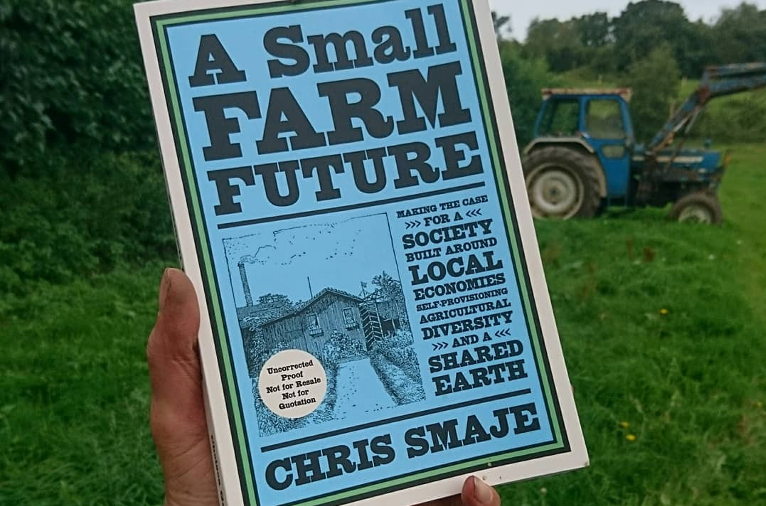
Just before the sun sets, Evelyn (Evie) offers up the evening feed to all the animals on her family’s small ranch, Owl Oak Acres, in Red Bluff, California. She goes around from pen to pen, patiently throwing dinner over the fences to the eighteen ewes, the thirteen lambs, the two rams, the two goats, the twenty chickens, and the two horses. At twelve years old, she’s more than competent; in fact, it seems like second nature to her. But, for a young kid, it’s not always the most fun thing to do.
Her mother, Dawn Graham, explains this well. “When it’s dark, rainy and cold, and Evie has to put on her muck boots, overalls, and coat; when she has to go slop through the mud and deal with screaming animals and drive out to the barn to keep the feed dry… Yes, she gets very frustrated. But, there’s this understanding: ‘this is where my food and clothing come from. I’m the one doing this.’”

Dawn knows very well the rewards of this deep intimacy of relationship, as she was raised this way just a few miles down the road. “Growing up,” Dawn says, “we didn’t have a whole lot of money, but we ate what we raised.” This was, she states, a truer wealth. “We lived on a creek, so we had fresh blackberries. Mom would make soups, broths, sauces; she was always canning vegetables and spinning wool.” Dawn’s mother, Jane, was the one who started it all. She got a few Corriedale sheep and never turned away from them. “We were too poor to have a TV growing up, so I would sit with her and scour a fleece with her. We’d flick it, card it, comb it. I remember collecting oak galls and dying the fleeces with them too.”
When it was time for Dawn to attend college, she left the farm and moved to upstate New York. There, she met her husband, John, and with him, a very different life’s journey began. They traveled all over the country together, living from suburb to suburb. They started a family — a son, Jarod, and daughter, Evie. Eventually, Dawn began dreaming of returning to the country. It wasn’t until five years ago that they auspiciously ended up finding a home within a few miles from where she grew up.

It was six weeks or so before Evie’s 8th birthday when Dawn and Evie went to look at a farmhouse on 40 acres in Tehama County that John had found on Zillow. Evie walked into the house, took one look, and immediately said, “yep, this is the one. I’m home!” And so it was. For the first year, Evie and Dawn hunkered down at the farmhouse while Jarod and John lived closer to the city, for John’s work. After that first year, they were all able to live together at the ranch. They started collecting a few sheep so that Evie could participate in the local 4H club. Their herd grew quickly, and currently, they manage eight Merino sheep for wool and twenty-five Dorper sheep for meat.
…click on the above link to read the rest of the article…













